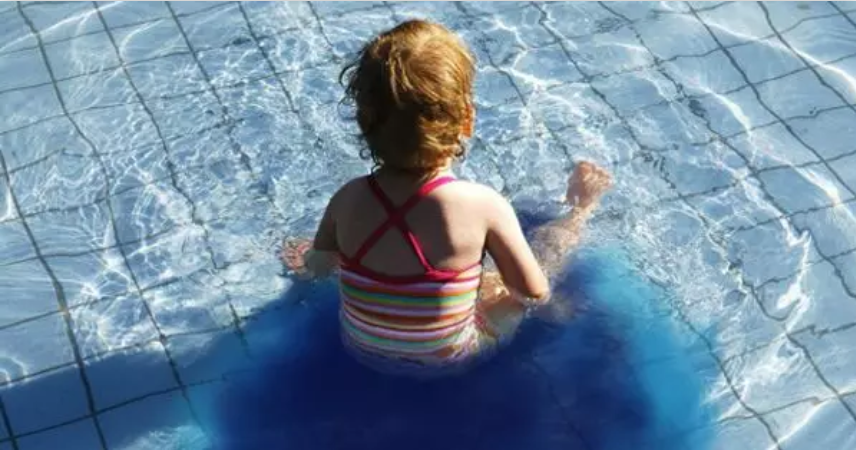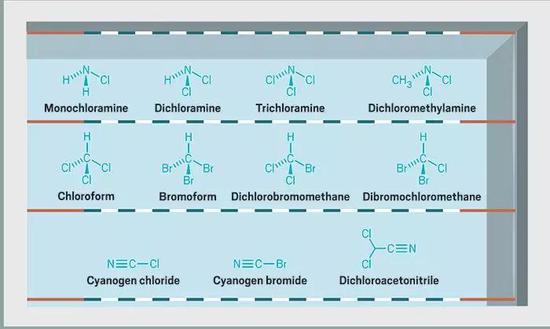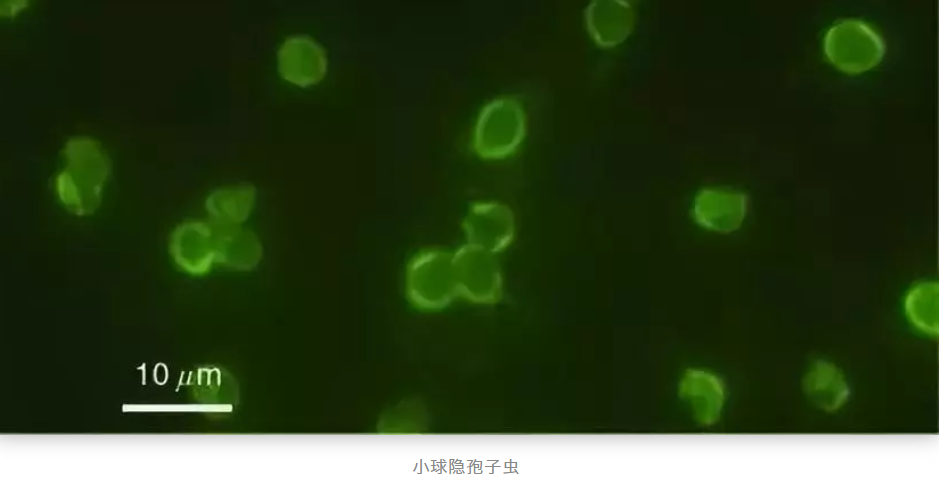Recently, major swimming pool agencies have been disinfected by news of unqualified water quality inspections. This has sounded the alarm for all practitioners to attach importance to disinfection.

However, many pool managers are conscientiously implementing disinfection procedures, but the results are always not ideal. Don’t worry, today, let’s talk about the 8 major misunderstandings of chlorine disinfection in swimming pools. How many of them have you stepped on?
1. “Disinfectant smell” means disinfection is in place?
It’s not.
There are generally two misunderstandings here. One is that consumers often think that the smell of “disinfectant water” is the best proof of disinfection. On the other hand, the manager thinks that the smell of “disinfectant water” is too high in chlorine content, and they dare not continue. Chlorine.
First of all, the taste of “disinfectant water” is not the taste of chlorine, but the taste of chloramine, which is combined with chlorine, which includes monochloramine, dichloramine, trichloramine and so on. Therefore, when the smell of disinfectant water is very heavy, it is not the addition of too much disinfectant, but the free residual chlorine in the water and the body metabolizes chlorine and nitrogen-containing organic matter (such as sweat, urine, saliva, nasal mucus, skin metabolites, etc.). The result of the reaction.
Secondly, the theory of chlorine chemistry points out that there is no smell in a swimming pool with a free residual chlorine content of more than 10PPM. In domestic swimming pools, the standard content of residual chlorine is 0.3~0.6.PPM. Therefore, the amount of disinfectant in the swimming pool is useless if the nose smells, and water quality testing has to be used to speak.
2. Is it easy to use disinfectant tablets for disinfection?
It’s not easy!

Swimming pool water is a very complicated solution system, and the uncertainty of entering personnel makes maintenance more difficult.
For the frequency of daily delivery, dosage of medicament, PH value control, transparency maintenance, etc., each link interacts and affects each other.
3. Algae growing in the swimming pool means that the disinfectant is not enough?
Not necessarily.
The concentration of residual chlorine is a problem, but the management of pH is also important. Based on a certain residual chlorine content, a low pH will also promote the growth of algae. Only by controlling the pH within a weakly alkaline range can it be better Control Chlorella.
On the other hand, over-stabilization can also cause algae to grow in the pond.
When green algae are produced, the chlorine surrounding the green algae will destroy the green algae, and when the subsequent supply of chlorine is insufficient, the dead algae will form a protective layer, making it more difficult to be eliminated.
4. When the swimming pool disinfectant is put into the swimming pool, the water will change color, some are yellow or green, and even black. Is there a problem with the pills?
When the swimming pool disinfectant is put into the swimming pool, the water will change color. Some are yellow or green, and even black. Is there a problem with the pills?
It’s not.
If the water source is ground water, purified water, mountain spring water, it contains many metal ions: copper, iron, manganese, potassium, calcium, magnesium, strontium and other ingredients. These all exist in the state of ions. So the water looks very clear and clean, but after adding the swimming pool disinfectant tablets, the water changes color.
5. Is the pool water turbid because of the proliferation of microorganisms?
Not necessarily.
There are many reasons for the turbidity of swimming pool water and poor perspective.
1. Insufficient design of the circulating filtration system: This may be caused by the difference between the purpose of use at the beginning of the design and the target during actual operation.
2. Water quality balance problem: The water quality of the swimming pool is biased towards the direction of scaling in the water quality balance, that is to say, there are too many calcium carbonate particles in the pool water, causing turbidity.
3. Algae control: Since the growth method of algae is produced by series division, without good control of water quality, even if the indoor swimming pool adopts artificial lighting, the perspective of the pool water will decrease immediately after the algae start to grow.
4. Heavy load: such as a large number of swimmers suddenly entering the pool, rain in the northwest, a large amount of water containing impurities, etc.
5. Suspended ions: The accumulation of organic substances containing ammonia and nitrogen causes suspended ions to hinder the penetration of light.
6. There is no way to effectively remove the “chlorine odor”?

It’s not.
Both ultraviolet rays and ozone can effectively decompose the combined residual chlorine, but in contrast, medium-pressure ultraviolet rays have more advantages, with low equipment cost, compact equipment and small footprint, and better adaptability. In addition, the use of medium-pressure ultraviolet equipment to remove the combined residual chlorine will not cause changes in the pH of the water body, and will not generate disinfection by-products, which is a very ideal way to dechloramine.
7. The more exotic the disinfection process, the more effective?

No, the effect speaks by strength!
From disinfectants, ultraviolet rays, ozone, salt water baths, to various heavy metal ion purification methods that are now in the public eye, various purification processes emerge in endlessly, but the truly effective ones can stand the test of time. The US MAHC regulations point out that chloride, bromide, ozone, and ultraviolet rays are all disinfection methods registered and certified by the EPA, while the “salt pool” and metal ion purification methods have not passed EPA certification.
8. The cost of disinfection with disinfectant is very low?
Not really!
People often think that the cost of disinfection with disinfectants is low because the initial investment cost is not high. However, subsequent ongoing maintenance costs, acid-base regulators, ion removers, coagulants, in-process testing, and manpower maintenance are all money. Coupled with the corrosion of swimming pools, equipment, and pipelines, the chlorination disinfection operation management level is relatively high. Some people have roughly calculated that the annual operating cost will exceed 700,000 using chlorination disinfection.
Compared with the UV disinfection method with higher initial investment but low maintenance and management cost, the operating cost of UV disinfection will be reduced by more than 50% compared with the cost of chlorination disinfection, which is an excellent collaborative disinfection method.

In summary, chlorination disinfection seems to be convenient and economical, and the actual management requirements are extremely high. The single chlorination disinfection method will become more and more limited. It is time to consider introducing new technologies. Ultraviolet disinfection technology has a wide range of bactericidal properties. Giardia and Cryptosporidium which are not sensitive to chlorination disinfection have good killing properties. At the same time, it can remove disinfection by-products such as chloramines. Recommend articles to learn more about the advantages of medium-voltage UV.
Renownuv Vision: By focusing on the continuous development of products and services to guide customer needs, become a professional company recognized by global users.
Renownuv mission: establish a highly competitive technology company through a unique culture, provide customers with excellent products, and enable them to establish a deep relationship with the company.
This article is Renownuv’s original article, please attach the source for reprinting:www.renownuv.com


